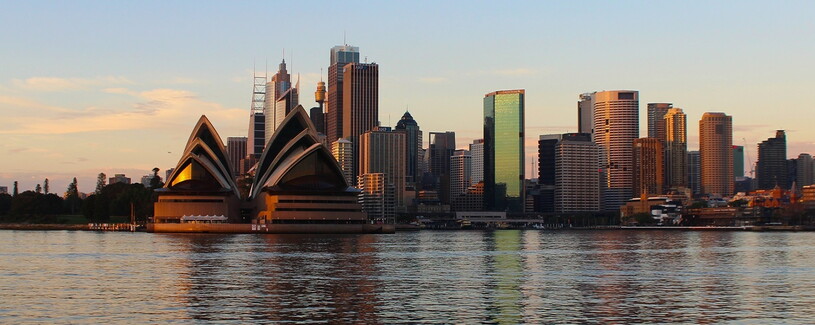Australia Clean Energy Finance Corporation Environmental Upgrade Agreements

Like many countries, Australia has a large existing building stock that is responsible for a substantial percentage of its greenhouse-gas emissions. Given that it will take decades for these buildings to be replaced, the rigorous standards developed in recent years for new buildings do not address much of the existing carbon emissions.
In the face of the long replacement time, focus has shifted to retrofits and upgrades to existing building stock. This would both reduce the amount of greenhouse gases that these buildings emit and reduce their operating costs.
While these energy-efficiency upgrades are often cash-flow-positive with the right loans, they have failed to penetrate the market to the expected degree. Misalignment of incentives and perceived project risk are responsible for this underinvestment.
Building owners and tenants do not always share reduced energy costs in a way that incentivizes owner investment. Financial institutions are reluctant to lend when any claim that they might make in the event of a default is junior to the property mortgage holder.
This is why the Environmental Upgrade Agreement (EUA) plays an important role.
The EUA is a deal structure modeled on property-assessed clean energy (PACE) in the United States. It allows loans for building upgrades to be paid back via a surcharge on local property taxes. This increases the security of the repayment and is senior to the mortgage, providing the incentive necessary to attract private finance.
It also addresses the misalignment of incentives by creating an Environmental Upgrade Charge (EUC) that allows a property owner and a tenant to more equitably share in both the investment cost for energy-efficiency upgrades and the subsequent cost savings.